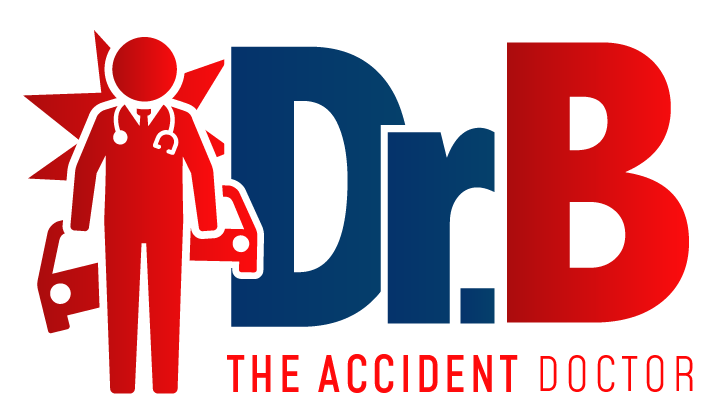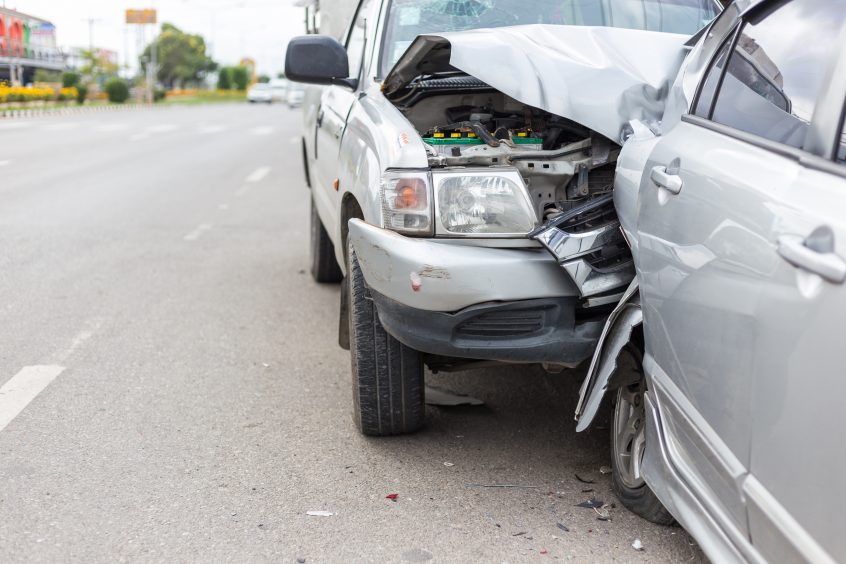After a car accident occurred during a Sunday afternoon trip to the Pennsylvania countryside with his daughter, John W. Hetrick was inspired to design what would become one of the most important advances in automobile safety. Hetrick, a retired industrial engineering technician, received the patent in 1953 for what he called a “safety cushion assembly for automotive vehicles.” Today, his U.S. Patent was the first prototype for what we know to be today’s modern airbags, formally known as a Supplemental Restraint System (SRS) or supplementary inflatable restraint (SIR). The word “supplementary” here means that the airbag is designed to help the seatbelts protect you, just before the impact of a crash. Hetrick designed the system to reduce injuries during emergency braking and frontal collisions.
How do airbags actually work?
When a car hits something, it starts to decelerate (lose speed) very rapidly. An accelerometer, an electronic chip, measures acceleration or force, and detects the change of speed. If the deceleration is great enough, the accelerometer triggers the airbag circuit. Normal braking doesn’t generate enough force to do this. The airbag circuit passes an electric current through a heating element (a bit like one of the wires in a toaster). The heating element ignites a chemical explosive. As the explosive burns, it generates a massive amount of harmless gas (typically either nitrogen or argon) that floods into a nylon bag packed behind the steering wheel. As the airbag expands, it blows the plastic cover off the steering wheel and inflates in front of the driver.
Today, when a car accident occurs, airbags inflate faster than you can blink your eye. Airbags are key components in automotive safety systems, and, although we cannot see them perform under normal conditions with the naked eye, they help soften the impact of collisions, and try to minimize fatalities and reduce injuries for the driver and passengers in the vehicle.
You do not deserve to be injured by the very device meant to keep you safe. However, sometimes airbags are the unfortunate culprit. In other words, although airbags are designed to minimize fatalities and reduce injury, the force of the airbag during an auto accident can leave you with scrapes and bruises on the surface, but beneath all that, there can be other severe and debilitating injuries, such as cardiac problems, broken bones, dislocations, and burns.
Common Air Bags Injuries:
Because so many different body parts are exposed to airbags, the types of injuries that occur can be varied. Some common reasons airbags can cause such trauma are the rapidity with which an airbag deploys, the substances used in the airbag, and whether or not the people in the vehicle were using their seat belts. Different types of airbag designs can also impact the injuries a victim sustains. Here are several types of injuries to be aware of:
Face: Your face is the easiest target when your vehicle crashes. The purpose of the airbag is to prevent your windshield from wearing your face. This may be accomplished, but your face may be struck with the force of the airbag in your eye. The sudden strength of the airbag can damage the eyes to the point of causing temporary or permanent blindness in at least one eye.
Chest: To stop your body from being thrown out of the front seat of the car, an airbag has to come out fast and hard to be effective. After the airbag bursts from the steering wheel and collides with your forward moving body, your chest area is open to injury. Many drivers have endured broken bones in their chest, and damage to soft tissue.
Neck and Back: While air bags are put in place to save your life, ironically it can cause damage. The neck and back are often areas that require continued medical treatment and therapy.
Burns: The speed at which an airbag deploys can cause abrasions or burns. This can cause a driver or passenger to suffer burn injuries in the process. The face and arms are particularly vulnerable to getting burned.
Internal Injuries: The chemicals released upon deployment can irritate or even cause an asthma attack. It’s important to note that even proper airbag deployment can cause serious or fatal internal injuries, but you may not realize right away.
Here are other common injuries caused by an airbag:
- Abrasion to the face, chest or upper extremities
- Contusion of the face, chest, upper extremities, knees or internal organs
- Strain, fracture or blunt trauma to the cervical spine
- Burns on the chest, upper extremities or hands
- Fracture or break in the face, upper extremities or wrists
- Fracture in the skull or rib cage
- Loss of consciousness or concussion injuries
- Bruising or swelling of the brain
- Laceration to the veins, arteries, heart, lungs or brain stem
- Laceration to the liver or spleen
- Compression of the brain or traumatic brain injury (TBI)
- Rupture inside the heart muscle
- Eye injury such as rupture to the globe, retinal tear, corneal abrasion or conjunctivitis
- Hearing loss or ear trauma
- Internal bleeding
- Wrist trauma and sprained fingers
- Irritation in the throat, asthma attack or coughing
- Irritation of the skin, also called airbag dermatitis
Tips to Help Avoid Injury:
The nature of these injuries can be very serious and lead to disability, chronic health issues or premature death. Sometimes there is no way to avoid an accident, but it is wise to stay safe by practicing defensive driving techniques and being aware of some tips to avoid injury in the face of airbag deployment. You should also know that frontal airbags are 14 percent effective at saving your life in the event of an accident. When you take into consideration how severely an airbag can affect one’s body, having some information about ways to prevent such dreadful consequences can bring comfort. These tips include:
- One of the first rules of the road is making sure you and your passengers wear your seat belt, as most injuries and deaths from airbags and auto accidents are due to not wearing a seat belt.
- Adjust your seat to be at least 10 inches from the area where your airbag deploys
- Use the correct size safety seat for a child’s height and weight
- Do not allow children 12 and under to ride in the front seat
If you are suffering injuries sustained in an auto accident from an airbag deployment or malfunction, immediately call.








